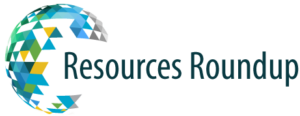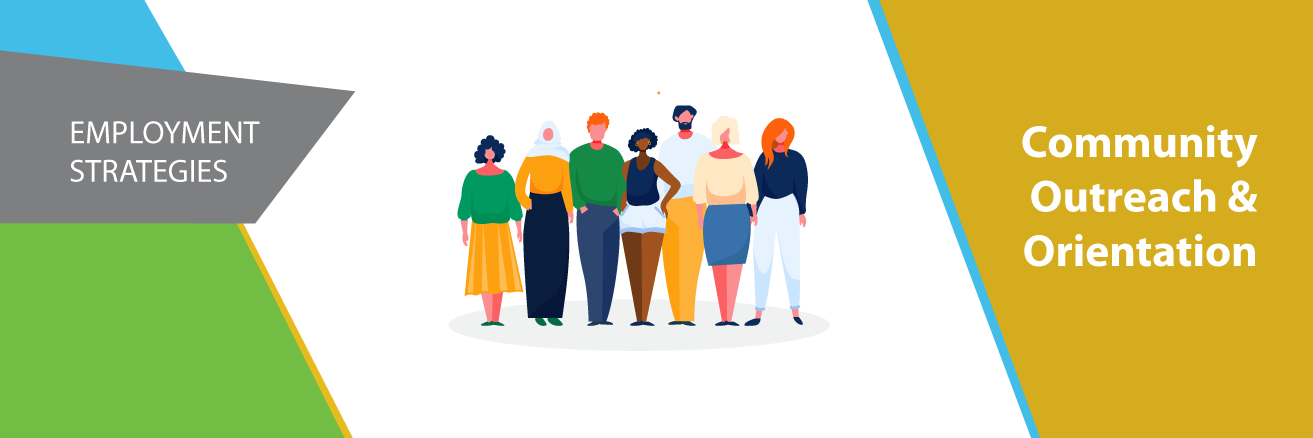Community Outreach and Orientation
Community Outreach and Orientation
It’s common to hear myths and misconceptions about the wisdom of hiring a person with a disability, as well as about the ability of people with disabilities to find and maintain quality employment. Many employers, community-based organizations, and people with disabilities believe incorrectly that quality employment is impossible for people with disabilities.
The goal of community outreach and orientation is to inform employers, community-based organizations, and people with disabilities and their families that with the right services and supports, quality employment is not only possible, but as likely for a person with a disability as for a person without a disability.
The desired result is increased referrals for vocational rehabilitation services from community-based organizations and applications from people with disabilities.
How Does it Work?
There are many ways to approach a community outreach plan. Here are key elements to keep in mind when developing a plan that speaks to your community’s unique demographics and needs and results in your desired outcome:
- Develop relationships with key community and business stakeholders to better understand your audience.
- Define your goals, strategies, and audience based on your community.
- Work collaboratively with community and business stakeholders to develop engaging, culturally aware materials and activities targeted to your unique community
- Apply the SMART framework to develop your goals and activities:
- Specific
- Measurable
- Attainable
- Relevant
- Time-bound
- Share information broadly through diverse channels:
- Public service announcements
- Community forums
- Listening sessions
- Job fairs
- Social media
- Radio interviews
- Accessible videos
- Podcasts
- Literature
- Be responsive to feedback and available for discussion to further inform and develop collaborations.

Featured Training
Watch webcasts to gain valuable information that will help improve employment outcomes and quality of employment for people you serve.
Selected Tools and Resources
These tools and resources offer information to support your practice.
- Invitation to Participate and Application Process
- Statewide Roll-out Training Outline
- Inclusive Outreach and Public Engagement Guide, Seattle Office for Civil Rights
- Examples of SMART Performance and Development Goals, by the County of San Mateo, California, Human Resources Department
- Community Needs and Resources Assessment Resources from Project E3’s Resource Library
Best Practices/Research
Project E3’s research summaries provide an “At-a-Glance” overview the latest research findings, as well as recommendations for best practices and how to incorporate them in your work.
- Examining Biases to Support Employment as a Means out of Poverty
- Raising Expectations for Youth with Disabilities
- Assessing the Climate of Disability Inclusion in the Workplace
- The Elephant in the Room: Poverty, Disability, and Employment
- The Benefits of Employing People with a Mental Health Disability
- Research on Community Needs and Resources Assessments from Project E3’s Research Library
Strategy Use in Targeted Communities
Several Project E3 Communities used this strategy to improve employment outcomes for their most underserved populations. They include:

